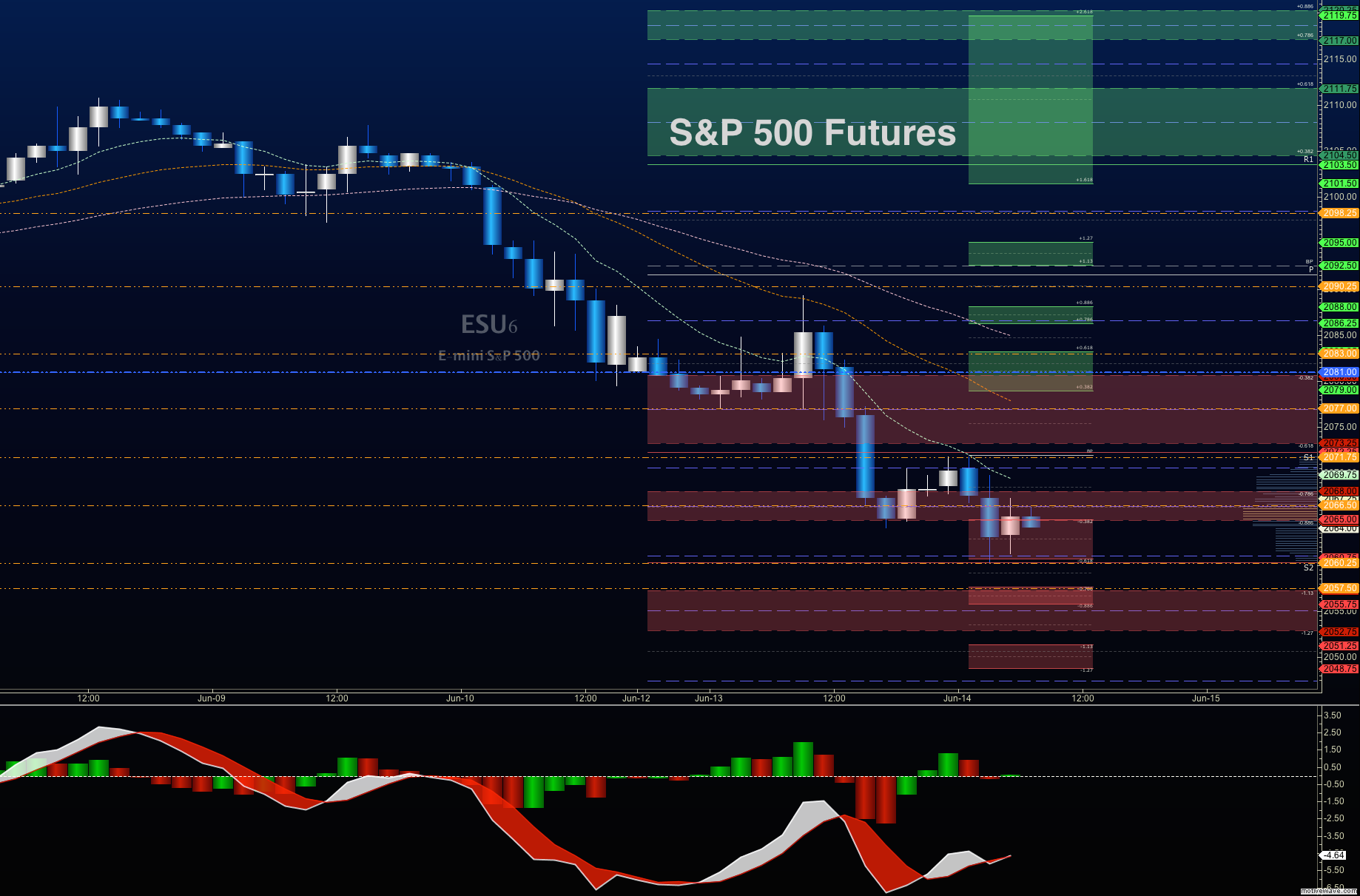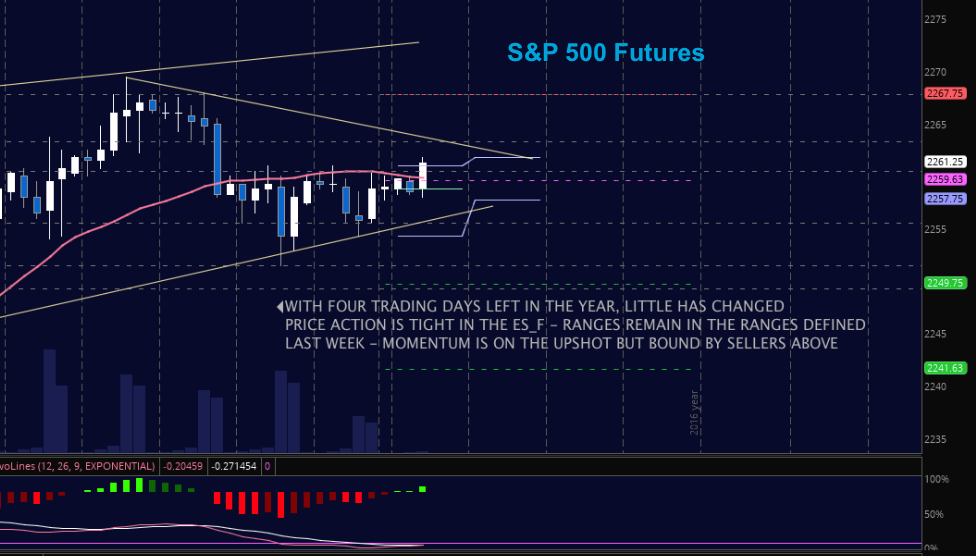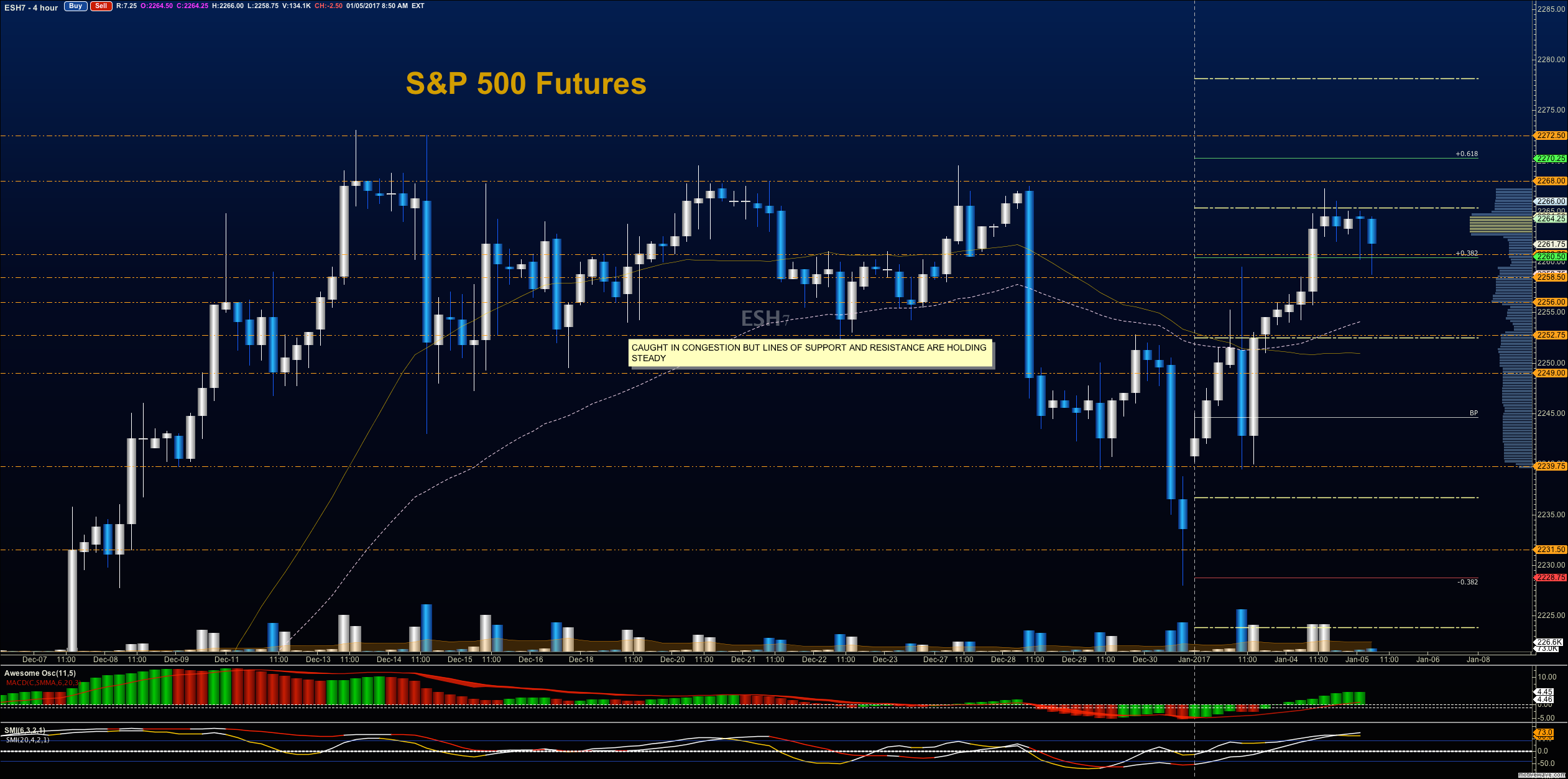Introduction: Delving into the Complex World of Futures Trading
Imagine stepping into a financial arena where seasoned traders maneuver with skill and strategize with precision. This is the realm of futures options trading, a specialized domain where individuals seek to harness market dynamics for potential financial gains. SP 500 futures options stand out as a prominent instrument in this captivating world, offering a unique blend of flexibility and risk management opportunities. In this comprehensive guide, we embark on an educational journey to unravel the complexities of SP 500 futures options, empowering you to navigate this intriguing financial landscape.

Image: www.seeitmarket.com
Unveiling the Essence of SP 500 Futures Options
At its core, an SP 500 futures option is a financial contract that grants the holder the right, but not the obligation, to buy (in the case of a call option) or sell (in the case of a put option) a certain number of SP 500 futures contracts at a specified price on or before a predetermined expiration date. These futures contracts represent agreements to buy or sell the underlying asset, the SP 500 index, at a future date. Unlike futures contracts, however, options provide a layer of flexibility, allowing the holder to exercise their right but not obligating them to do so.
The allure of SP 500 futures options lies in their versatility. They serve as effective tools for both managing risk and speculating on price movements. Speculators seek to profit from correctly predicting future market trends, while hedgers harness options to minimize potential losses. Understanding these fundamental concepts lays the groundwork for successful navigation in the SP 500 futures options arena.
Unveiling the Mechanics of SP 500 Futures Options
To fully grasp the nuances of SP 500 futures options trading, it is essential to delve into the intricacies of their mechanics. Key elements include:
1. Strike Price:
This predetermined price serves as the reference point for exercising the option, representing the price at which the underlying futures contract can be bought or sold.

Image: www.seeitmarket.com
2. Expiration Date:
This designated date marks the deadline for exercising the option, after which it expires and becomes worthless.
3. Premium:
The premium is the price paid to acquire the option contract, reflecting the market’s assessment of its potential value.
4. Exercise Style:
American-style options provide the holder with the flexibility to exercise their right at any time before expiration, while European-style options can only be exercised on the expiration date.
Navigating Market Dynamics: Types of SP 500 Futures Options
The SP 500 futures options market offers a diverse array of options to cater to varied trading strategies. These options are broadly categorized into two primary types:
1. In the Money (ITM):
ITM options possess intrinsic value, meaning they can be exercised immediately for a profit if the current market price of the underlying asset is favorable.
2. Out of the Money (OTM):
OTM options currently have no intrinsic value, but they hold the potential for profitability if the underlying asset price moves significantly in the desired direction.
Determining the right type of option is crucial for aligning with trading objectives. Understanding these concepts empowers traders to make informed decisions that align with their risk appetite and market outlook.
Harnessing SP 500 Futures Options: A Step-by-Step Guide
Embarking on the journey of SP 500 futures options trading requires a step-by-step approach:
1. Establishing a Trading Account:
Open an account with a reputable futures broker to facilitate trading activities.
2. Understanding Margin Requirements:
Futures options involve margin trading, requiring traders to maintain a certain amount of capital in their account as collateral to cover potential losses.
3. Selecting the Right Option:
Determine the appropriate option type, strike price, and expiration date based on trading goals and market analysis.
4. Monitoring Market Conditions:
Keep a close watch on market news, economic indicators, and price movements to make informed trading decisions.
5. Managing Risk:
Implement proper risk management strategies, including position sizing and stop-loss orders, to minimize potential losses.
Empowering Traders: Advanced Strategies for SP 500 Futures Options
Seasoned traders employ advanced strategies to maximize the potential of SP 500 futures options:
1. Spreads:
Simultaneously buying and selling options with different strike prices and/or expiration dates creates a spread, aiming to reduce risk or enhance profit potential.
2. Iron Condor:
A neutral strategy involving the sale of both a call spread and a put spread at different strike prices, generating income from the sale of options premiums.
3. Vertical Spreads:
Involves buying and selling options with the same expiration date but different strike prices, allowing for directional bets or risk reduction.
Trading Sp 500 Futures Options

Image: www.seeitmarket.com
Conclusion: Unveiling the Path to Success in SP 500 Futures Options
The world of SP 500 futures options offers a captivating realm of opportunities for traders seeking to navigate market dynamics. By grasping the fundamental concepts, mechanics, and strategies involved, aspiring traders can equip themselves with the knowledge essential for success in this challenging yet rewarding arena.






